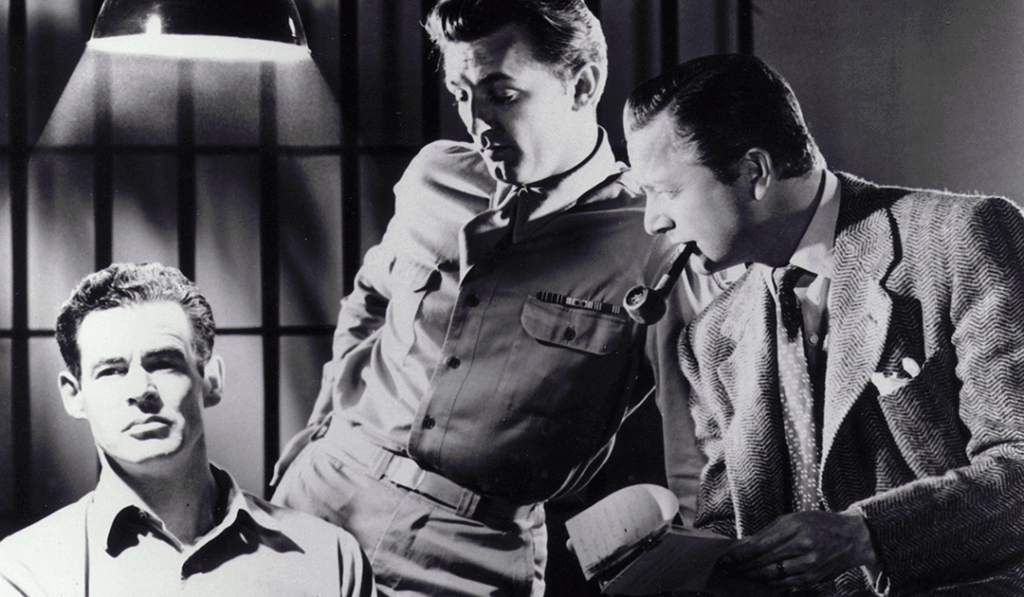(Photo by Jared Rice)
Recall the most difficult negotiation you’ve ever had.
Chances are your recollection is of a conference room full of tension. The people around the table are powder kegs, ready to explode on any issue. Somewhere in your memory there is that red-faced person with the loud voice who was a master of tactics. The most popular one was yelling.
Now imagine someone who enters the room and slowly drains that tension. Someone who is able to face off with that red-faced person, addressing him or her in calm tones, and getting responses, gradually, in equally calm tones. Little by little, the negotiations progress, positively, and the roadmap to “done” becomes defined. This individual does not deploy tactics or tricks to get agreement on issues. Instead, he or she paints a picture of an outcome for both parties, better than what was previously anticipated, using common sense and reason. That special individual can be you, once you’ve become a Deal Whisperer.
This blog, Running The Room, is written for experienced negotiators, community leaders, and anyone else who is looking to learn strategies and processes that will make them one of the most sought-after and influential problem solvers in their business or community: a Deal Whisperer. By reading this blog, you will learn how to:
· Develop strategies that help you better understand and manage “difficult negotiators”
· Achieve results which better meet both parties’ interests
· Learn how to break down issues to enable better problem solving and value creation
· Build more collaborative relationships with business partners and community members; and
· Know when it’s time to walk away from the table
We will begin by changing the way you see a negotiation so that you learn not to fear the interaction but look forward to engaging in it to solve challenging issues and problems. Traditionally, people have thought of negotiation as two parties who have stated their positions and are now competing to find ways to get the other party to give up more to get to a deal.
Deal Whisperers know that positional negotiation, if the parties reach agreement, usually results in both parties having sub-optimal results: neither side is truly satisfied with the outcome. A positional negotiator becomes so focused on trying to “win” for his side or break the other party’s bottom line that the opportunity to explore other value the parties might exchange is lost. What is not always said, but is quite intuitive, is that if one party is forced or strongly coerced into agreement, they will work equally as hard after the fact to undermine and limit the full force and effect of the agreement they just signed. This typically occurs when the negotiation effort is defined as a process producing “winners” and “losers”.
This blog will help you make better decisions by focusing on two words: prepare and aware. Being prepared and aware will allow you to tell the difference between a frustrated negotiator and a difficult negotiator. The difference between the two can surprise you, because often the difference is you. They are frustrated because you are the difficult negotiator!
With research and training, you can think more deeply about your perceptions of people and their perceptions of you. And you will develop a focused way of listening, alert for words that may provide clues to the puzzles you are wrestling with at the table.
Like improving any skill, there is no replacement for putting learning into practice. Reading this blog alone will not make you a Deal Whisperer. You have to apply what you read, a little bit at a time, to your own negotiations. The blog will provide ample examples and opportunity for others to share how these strategies and processes have been used successfully to give you confidence that you will succeed as well.



